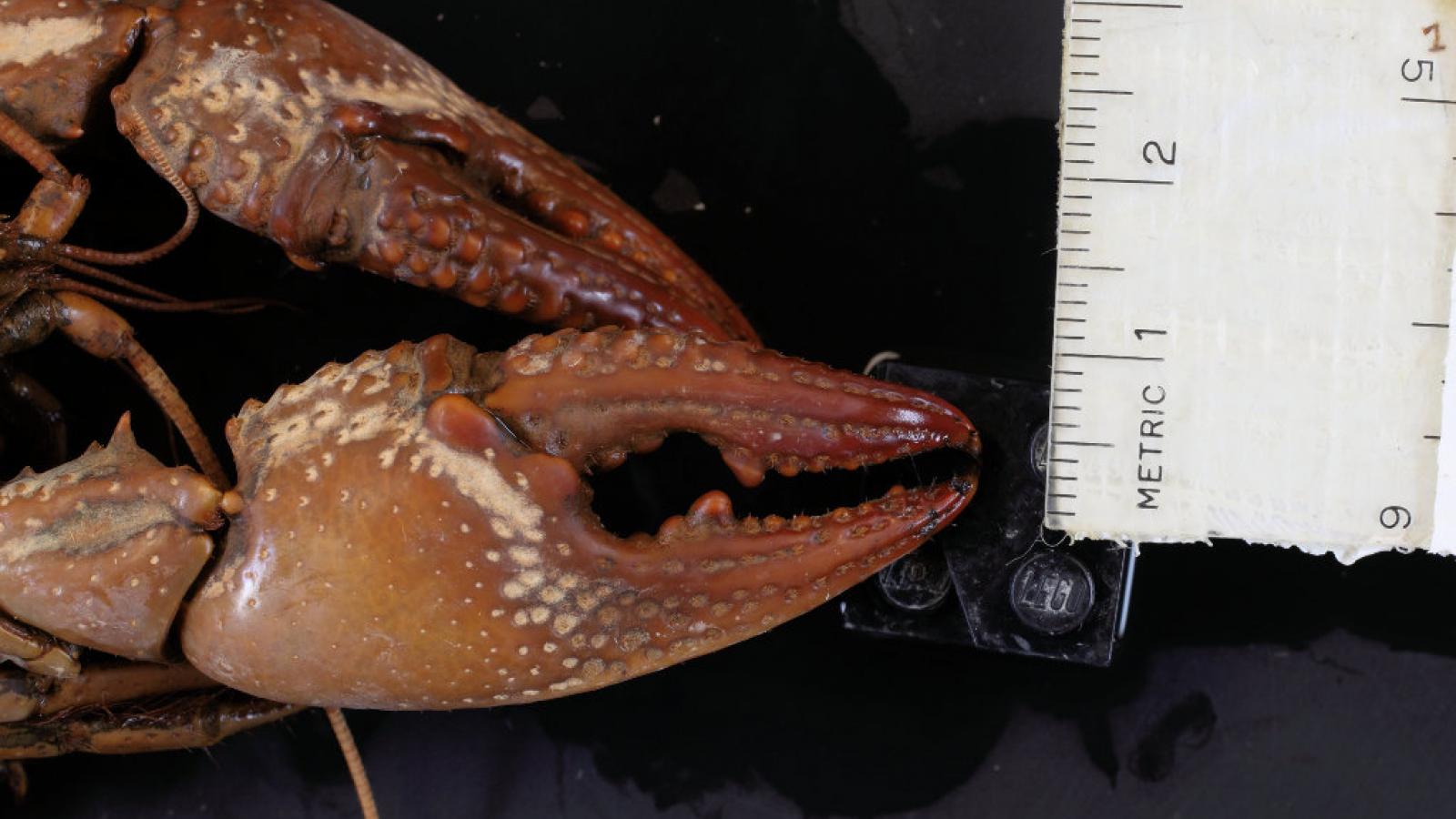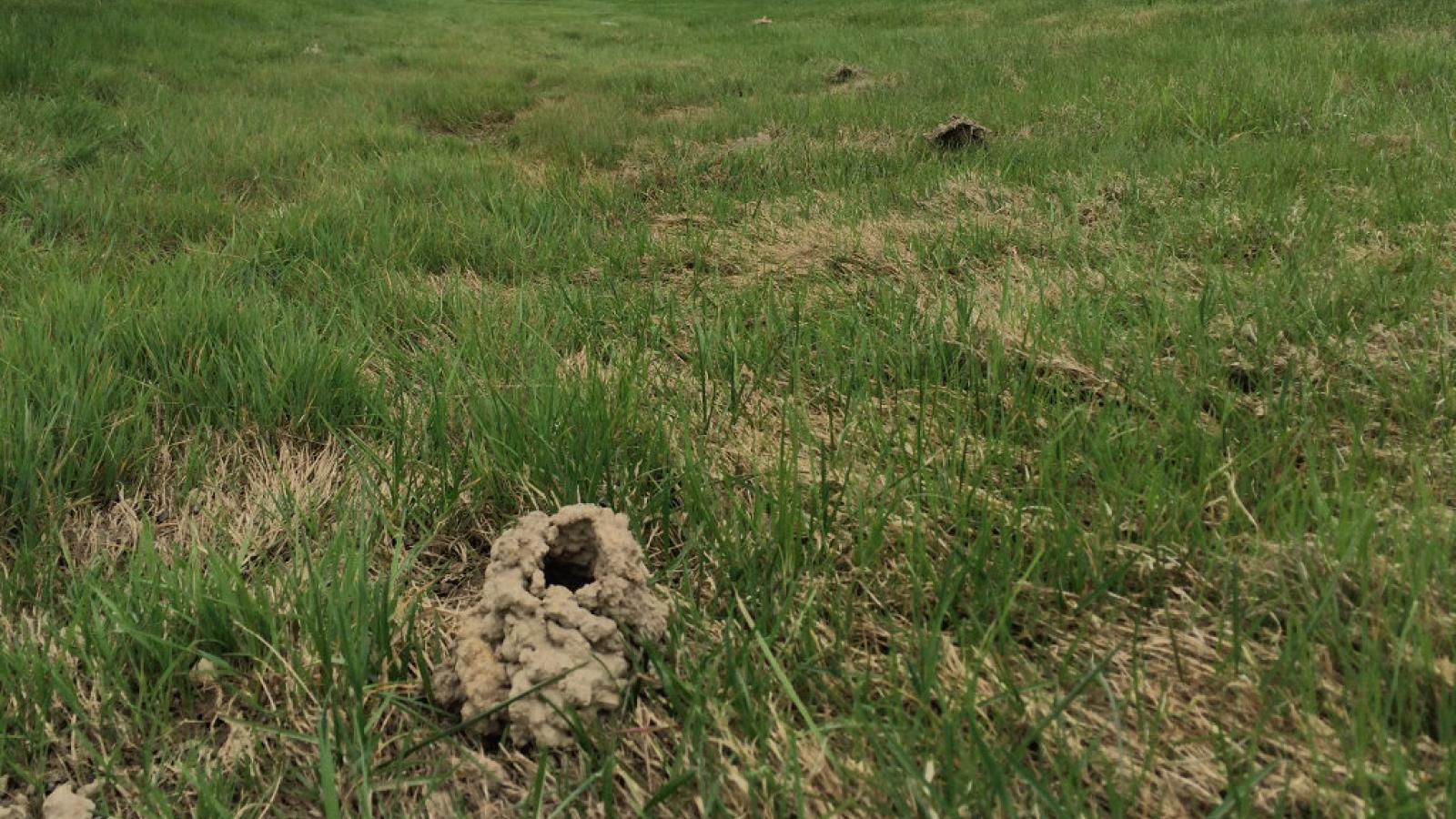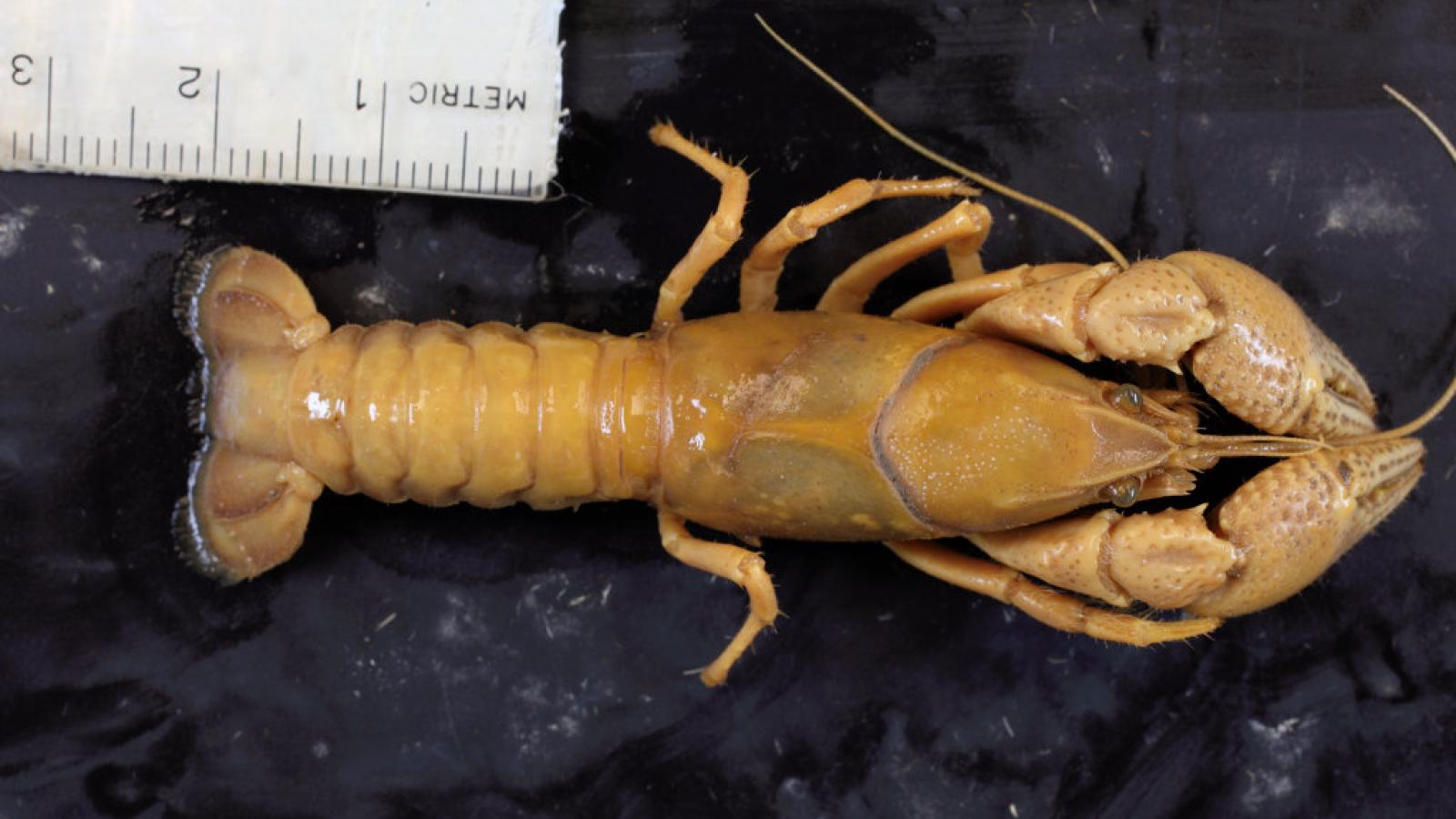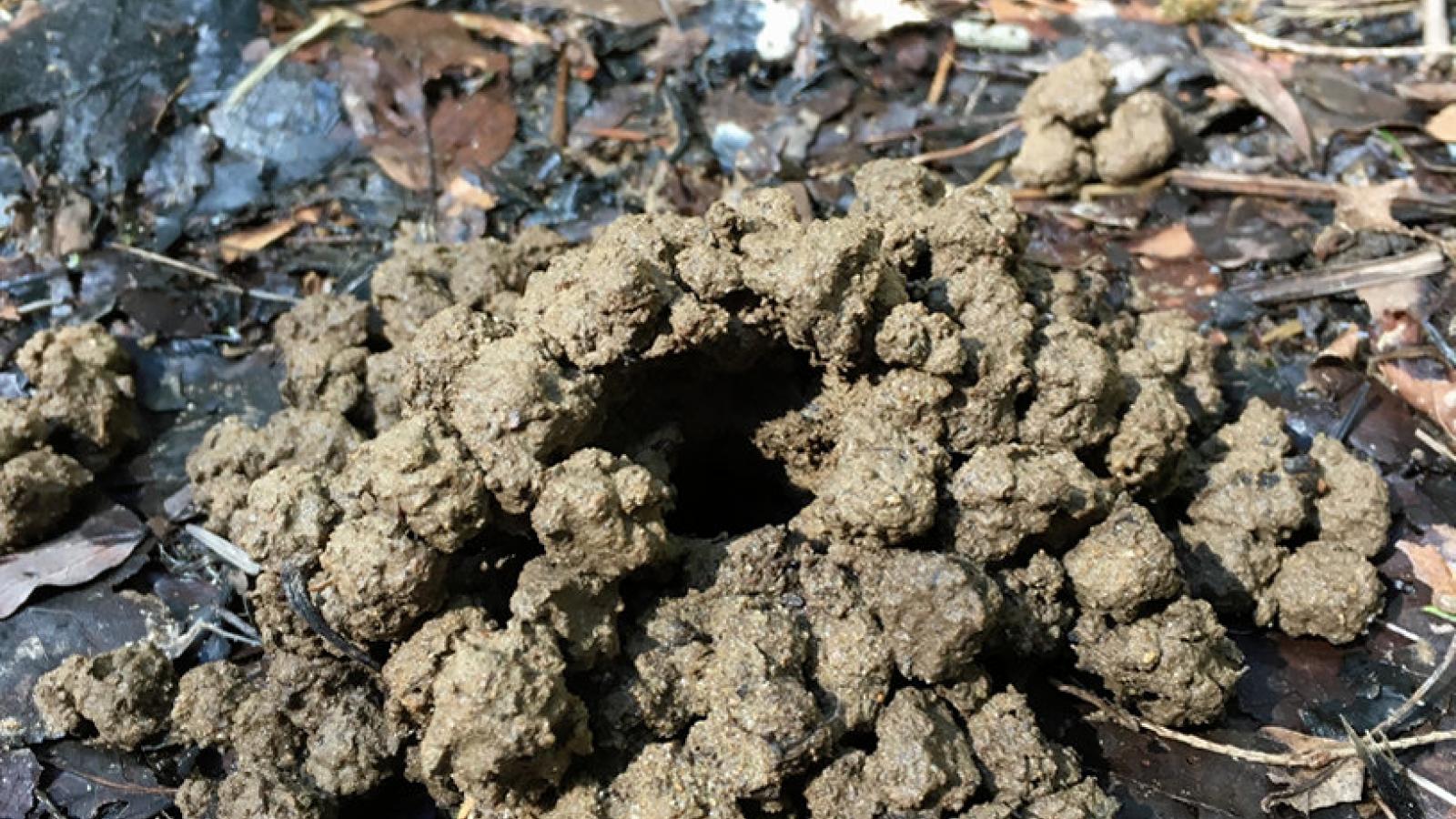EEOB Ph.D. student Mael Glon is using the crayfish collection of The Ohio State University Museum of Biological Diversity (OSUMBD) to conduct research on burrowing crayfishes. Burrowing crayfishes are similar to the crayfishes that are commonly encountered in streams and lakes, except that they have adapted to survive in areas where surface water is only intermittently present and sometimes entirely absent. These crayfishes still need access to water for essential life functions, however, so they dig burrows down to ground water. These burrows can be as deep as five meters and are often very complex with several different openings and chambers. Importantly, burrowing crayfish burrows serve as refugia for many other animals such as the Federally-Endangered Hine’s emerald dragonfly, Somatochlora hineana, and the Federally-Threatened eastern massasauga rattlesnake, Sistrurus catenatus, and increase soil respiration.
Mael’s specific project is a phylogenetic revision of the Cambarus diogenes species complex or "devil crayfish." The devil crayfish are burrowing crayfish found in >30 states and in Canada, making it one of the most widespread North American crayfishes. However, this species has long been suspected of being a species complex, consisting of several closely-related but phylogenetically distinct species. Researchers have chipped away at this complex, describing species that were once considered variations of the devil crayfish such as the little brown mudbug, C. thomai, and the painted hand mudbug, C. polychromatus (mudbug is synonymous with crayfish). However, much work remains to tease apart this complex and elucidate the species diversity within it. Finding burrowing crayfishes in the field is generally straight forward, accomplished by looking for the telltale chimneys that they build out of dirt at the mouths of their burrows. Catching these crayfishes, however, is another matter, often requiring laborious digging. For this reason, and because the devil crayfish complex is so widespread, it is essential for Mael to supplement his field samples with preserved specimens from the OSUMBD in order to attain adequately high resolution to successfully complete his project.





